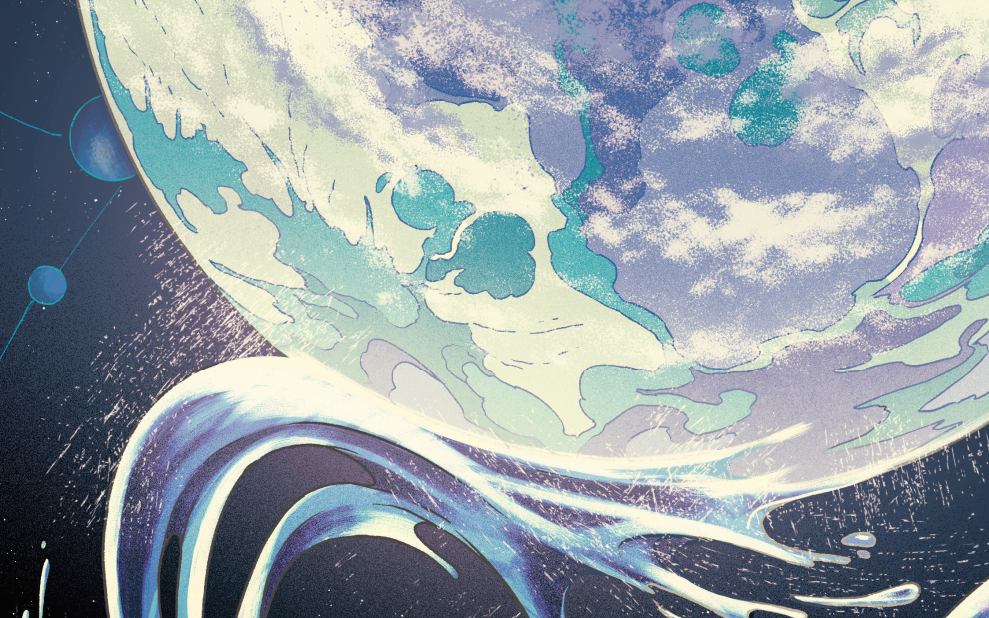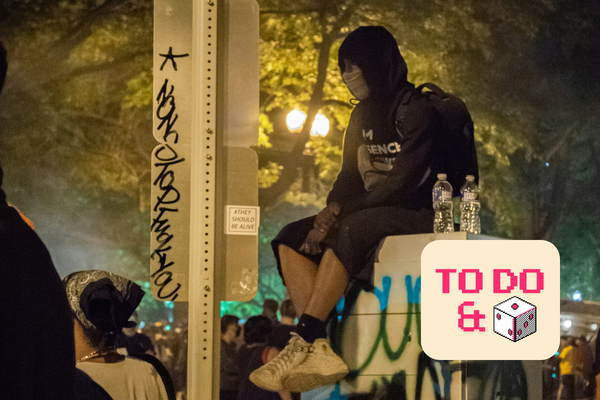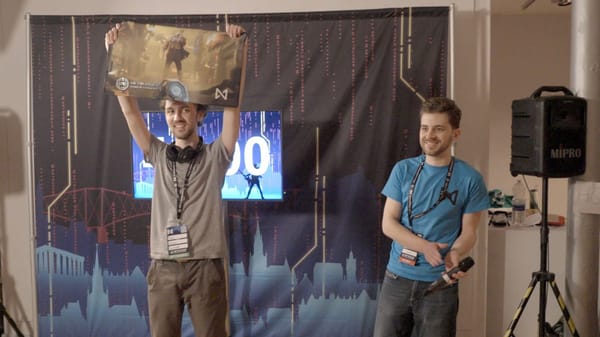In Realis, Surreal is the new Real
Actually, it’s the old Real and here’s 3000 words explaining why.

There’s nothing new under the sun, but there are new suns. — Octavia Butler
Realis is both a game and a place. It’s a reachable game — a science fantasy adventure — and an unreachable place — a planet that can only be gazed upon from its thousand moons. It is designed by Austin Walker, probably best known in tabletop spaces as the GM of long-running actual play podcast, Friends at the Table. But it’s also not designed by him. The conceit of the text is that Realis was authored by the Wordwrights, a group who use language to shape reality in mysterious ways. It was only translated by Walker (who uses language to shape reality on his podcast in an only-slightly-less-mysterious way).
When the Wordwrights try to capture Realis in their game text, they fail. “What we can offer,” they write, “is a faulty archive of Realis as we have experienced it, not as it fundamentally is.” This is not just about the impossibility of making a map that is the territory. Or, as the book puts it, “any accounting of a place (real or imagined) is endless if it is to be honest.” It’s more than that.
Even the number of moons, despite being surveyed as one thousand, is under question. “How can I know how many moons your Realis keeps when I do not know you?” they ask. The Wordwrights seem to believe that reality cannot be captured — that it’s about what is inside as much as it is about the outside. Instead, the game represents their attempt at capturing the “Narrasoulic truths” of their reality through design and mechanics. These truths they are trying to capture are real but they’re also more than real. They’re surreal.
Surrealism is a slippery term. And a broad one. So broad, in fact, that if you look closely at its spelling, you will find Realis nestled comfortably within.





